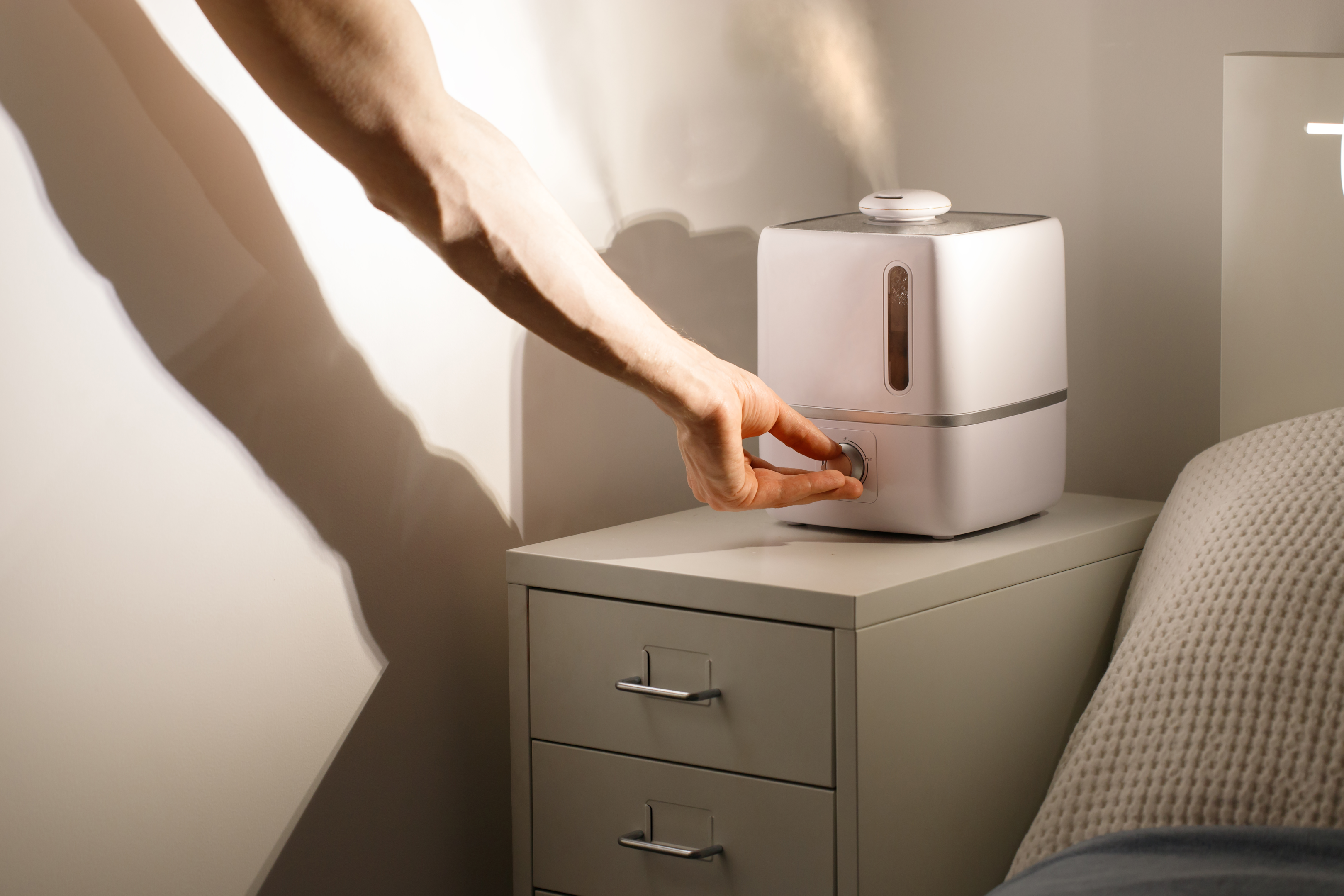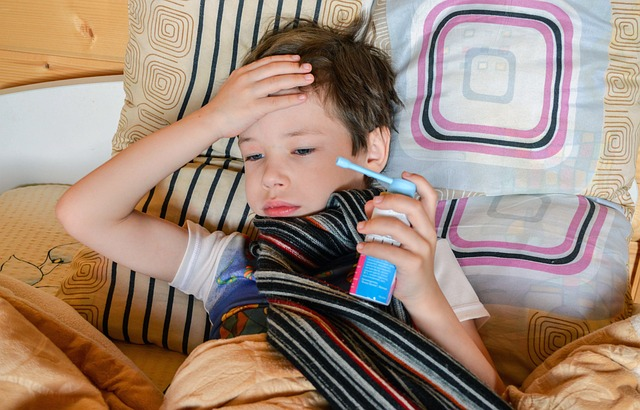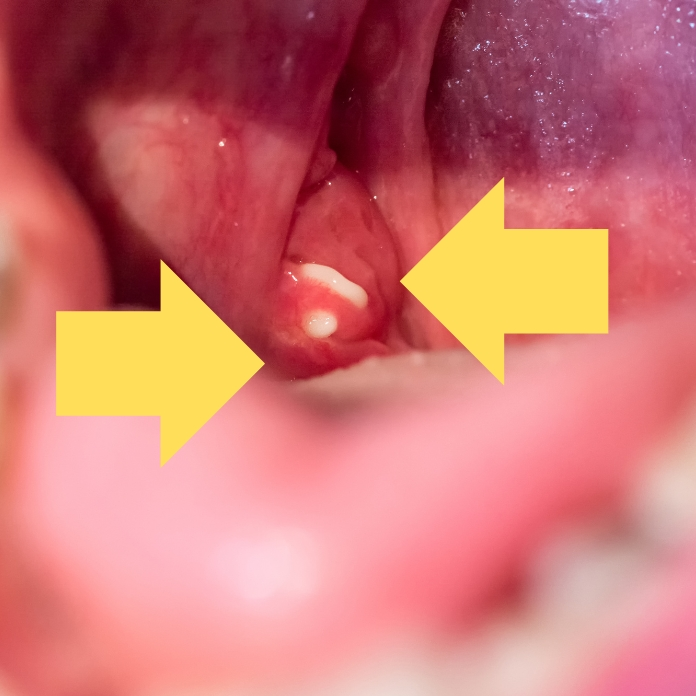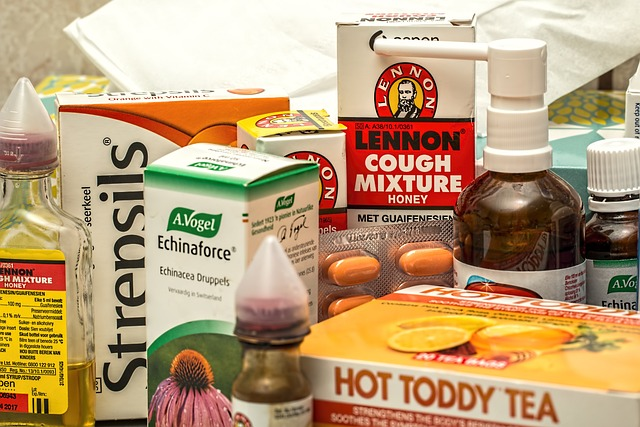6 Common Throat Disorders in 2023
Throat disorders are common worldwide.
The throat, also called the pharynx, is a muscular tube that serves as a pathway for air, food, and liquids. It is situated at the back of the mouth and nose, connecting them to the respiratory passages (trachea and lungs) and the esophagus.
Due to the importance of this organ, throat disorders are widespread and varied. This throat cleaner throat diseases blog post will explore the most common throat problems, symptoms, associated conditions (if applicable), and potential treatments. There are tons of more throat diseases for you to explore like our articles on Throat Ulcers and Exercises for Dysphagia! Make sure to check them out.
Let’s dive in!

- New Report Says Your Brain Could Be the Key to Reducing Phlegm Over 50
- Doctor's "Leave The Throat Phlegm Behind" Tutorial Goes Viral With People Over 50
- Can You Relieve Throat Phlegm and Coughing In 60 Seconds A Day? This Doctor Says Yes
- How To Banish Phlegm When 50+ (Do This Every Day)
Short Summary
- Common Throat disorders are a widespread issue.
- Common throat problems include a sore throat, vocal hoarseness, difficulty swallowing, strep throat, tonsillitis, and obstructive sleep apnea.
- Treating throat disorders depends on the cause and may include a combination of medication, medical devices, surgery, home remedies, lifestyle changes, and using a throat cleaner.
Common Throat Disorders
1. Sore Throat
As the name implies, a sore throat (pharyngitis) is characterized by soreness in the pharynx. However, instead of actual pain, your throat may feel irritated, dry, or scratchy.
Sore throats are common in healthcare settings, representing more than two percent of all adult outpatient primary care visits and more than five percent of all pediatric visits annually (1).
It’s important to note that a sore throat is present in most throat disorders.
Causes of Sore Throat
The most common causes of a sore throat are viral and bacterial infections, including:
- The common cold
- Influenza (flu)
- Strep throat
- Allergies
- Dry air
- Mouth breathing
- Outdoor air pollution, such as vehicle exhaust
- Cigarette smoking or breathing secondhand smoke
- Throat muscle strain from talking too loudly or shouting
- Acid reflux or Gastroesophageal reflux disease (GERD), when stomach acid backs up into the esophagus and throat
- Tumors

Treating Sore Throat
Treatment options for a sore throat depend upon the cause. If a bacterial infection causes it, antibiotics are commonly prescribed.
In addition to your doctor’s recommendations, you can choose among several home remedies to soothe throat pain, including:
- Warm salt water gargle
- Drinking lemon and honey mixed in water or tea, which has been shown to reduce inflammation
- Using a humidifier to add moisture to the air
- Sucking on medicated throat lozenges
- Drinking chamomile tea
2. Dysphonia (Hoarseness)
Dysphonia, also known as hoarseness, is a voice disorder that can cause the voice to have a husky sound, often described as a “frog in the throat.” The voice may also have a lower pitch or softer volume. A hoarse voice is often associated with vocal cords or larynx issues. Other symptoms of dysphonia can include pain when speaking and problems swallowing, along with hoarseness.
Vocal hoarseness is fairly common, affecting almost one-third of the population at least once during their lifetimes (2).

Causes of a Hoarse Voice
Causes of vocal hoarseness include:
- Allergies
- Acid reflux, when stomach acids back up into your throat
- Throat or larynx cancer
- Upper respiratory infections, like the common cold
- Excessive smoking
- Overly stressing the voice, as can occur when shouting or talking for an extended time without resting the vocal cords
- Vocal cord polyps or cysts
- Inflammation of the larynx (laryngitis)
- Cancers or benign (noncancerous) lesions on a vocal cord
Treating Vocal Hoarseness
Home remedies for a hoarse voice include:
- Breathing steam to moisten the voice box. Running a humidifier is a great way to add moisture to the air. Alternatively, you can take a hot shower while inhaling the stream.
- Gargling with warm salt water several times a day.
- Drinking plenty of water and other fluids to keep your throat moist
- Avoiding throat-clearing
- Resting your voice as long as possible, which means no talking unless necessary

See your healthcare provider if your hoarseness persists for more than a few days and you do not have a cold or flu.
3. Dysphagia (Difficulty Swallowing)
Dysphagia refers to difficulty in swallowing, which arises when the muscles and nerves involved in moving food or drink from your mouth to your stomach don’t work correctly. As a result, swallowing may become uncomfortable or slow, and you may experience coughing or choking when you try to swallow food or water. You may even have difficulty swallowing your own saliva.
Causes of Dysphagia
Numerous medical conditions can cause difficulty in swallowing, including:
- Stroke
- Brain tumors
- Dementia
- Parkinson’s disease
- Multiple sclerosis (M.S.)
- Muscular dystrophy (M.D.)
- Myasthenia Gravis
- Throat cancer, due to the tumor and radiation therapy
- Esophageal stricture, a narrowing of the esophagus, often due to scar tissue caused by chronic acid reflux
Treating Dysphagia
Treatment depends on the cause and may include medication, swallow therapy, physical therapy, dietary modifications, or surgery. A combination of treatment modalities is also common with swallowing disorders.
Seek immediate treatment if you experience sudden dysphagia, as this can be a medical emergency.

4. Strep Throat
Strep throat is a bacterial infection affecting your throat and tonsils at the back of your mouth. When you have strep throat, your tonsils become highly inflamed, typically spreading to the surrounding area of your throat, leading to a sore throat.
The primary symptom of strep is throat pain. According to the Cleveland Clinic, it is the most common cause of sore throat, accounting for “5% to 15% of new cases of sore throat in adults” and “15% to 35% of new cases of sore throat in children in the U.S.” (3)
Other symptoms may include difficulty swallowing, fever, swollen red tonsils, pus or white streaks on the tonsils, neck pain, skin rash (scarlet fever), small red spots in the mouth, and swollen lymph nodes in the front of the neck (4).
Though anyone can get strep infection in the throat, it is more common in children 5 through 15 years of age (3).
Causes of Strep Throat
Strep throat is caused by group A Streptococcus bacteria. It is extremely contagious and easily spreads through airborne droplets released during sneezes and coughs, and contaminated surfaces like faucets, phones, door knobs, and handkerchiefs.
This infection is more common in the spring and winter months.
Treating Strep Throat
The primary treatment for strep throat is a full course of antibiotics. If you have experienced repeated strep throat, your doctor may recommend surgical removal of your tonsils (tonsillectomy).
You can soothe a sore throat by employing some of the home remedies listed above in the sore throat subheading.

5. Tonsillitis
Tonsilitis is a common infection that causes inflammation of the tonsils.
The tonsils are two tissue masses located at the back of the throat. They serve as filters, blocking germs from entering the airways and causing infections. Additionally, they produce antibodies to combat infections. However, they can occasionally become overpowered by bacteria or viruses, which may cause inflammation and swelling.
Along with inflamed and swollen tonsils, symptoms can include a sore throat, fever, white patches on the tonsils, painful swallowing, a stiff neck, and headache.
Causes of Tonsillitisis
Tonsillitis is typically caused by a viral infection, such as the common cold. However, it can sometimes be caused by a bacterial infection.
Like strep throat, tonsillitis is spread through exposure to airborne droplets released through the coughing or sneezing of an infected person. It can also be spread through contact with infected surfaces.

Treating Tonsillitis
If you have bacterial tonsillitis, your doctor will prescribe antibiotics. If a virus causes it, your doctor may recommend some natural remedies, including:
- Getting lots of bed rest
- Drinking plenty of fluids to moisten the throat and stave off dehydration
- Sipping warm liquids, such as broth or tea, which can soothe throat pain
- Gargling with warm salt water several times a day
- Taking over-the-counter medicines for a low fever or sore throat, such as ibuprofen (Motrin) or acetaminophen (Tylenol)
- Sucking on medicated lozenges
6. Obstructive Sleep Apnea (OSA)
According to Johns Hopkins Medicine, “Obstructive sleep apnea occurs when your breathing is interrupted during sleep, for longer than 10 seconds at least 5 times per hour (on average) throughout your sleep period.” (5)
OSA is the most common breathing-related sleep disorder.
Along with multiple interruptions in breathing during sleep, symptoms may include excessive daytime sleepiness, loud snoring, problems with concentration, dry mouth or sore throat upon awakening, and headaches.
Causes of Obstructive Sleep Apnea
Obstructive sleep apnea occurs when the throat muscles relax too much, causing the airway to narrow or close and reducing the oxygen in the blood while increasing the carbon dioxide.
The brain detects this and briefly wakes the person up to reopen the airway, but the awakening is usually so brief that they won’t remember it. It’s important to seek medical attention if you suspect you have sleep apnea, as it can lead to serious health problems if left untreated.
The exact cause of OSA is unknown, but risk factors include obesity, nasal congestion, being over 60 years old, being male (due to their more narrow airways), being postmenopausal, smoking, and having a family history of OSA.
Treating Obstructive Sleep Apnea
OCA may require a combination of treatment methods, including:
- A device that keeps your airways open when you sleep, such as a CPAP machine
- Using a mouthpiece to keep your tongue from falling back into the throat
- Medications
- Surgery
- Lifestyle adjustments, such as changing sleeping position, losing weight, and treating nasal congestion
Summary
The pharynx, also known as the throat, is a muscular tube that functions as a pathway for air, food, and liquids. It is positioned at the rear of the mouth and nose, linking them to the respiratory passages (trachea and lungs) and the esophagus.
As the throat plays a crucial role in the body, a wide range of disorders can affect it.
Throat disorders can be caused by viral infections, bacterial infections, neurodegenerative diseases, such as Alzheimer’s, stroke, acid reflux, inflammation of the larynx, and more.
Treatment depends on the cause and may include a combination of medication, bed rest, home remedies, and lifestyle modifications.
Frequently Asked Questions
What is the common disorder of the throat?
Viral or bacterial infections of the throat or tonsils are common throat disorders. These infections are especially prevalent in children and typically include such symptoms as a sore throat, problems swallowing, and red, swollen tonsils.
What in inflammatory disease in throat?
A sore throat, medically known as pharyngitis, is usually caused by throat inflammation.
What illnesses hurt your throat?
Sore throat is a symptom of many throat disorders, including strep throat, tonsillitis, vocal hoarseness, and dysphagia. Many factors can cause sore throat, such as viruses, bacteria, vocal strain, snoring, allergies, postnasal drip, and mouth breathing.

- New Report Says Your Brain Could Be the Key to Reducing Phlegm Over 50
- Doctor's "Leave The Throat Phlegm Behind" Tutorial Goes Viral With People Over 50
- Can You Relieve Throat Phlegm and Coughing In 60 Seconds A Day? This Doctor Says Yes
- How To Banish Phlegm When 50+ (Do This Every Day)
References
1- https://www.ncbi.nlm.nih.gov/pmc/articles/PMC7145142/
2- https://aao-hnsfjournals.onlinelibrary.wiley.com/doi/10.1177/0194599817751030
3- https://my.clevelandclinic.org/health/diseases/4602-strep-throat
4- https://www.cdc.gov/groupastrep/diseases-public/strep-throat.html
5- https://www.hopkinsmedicine.org/health/conditions-and-diseases/obstructive-sleep-apnea


